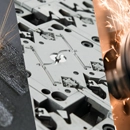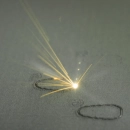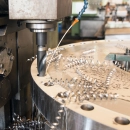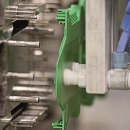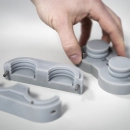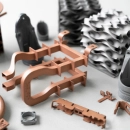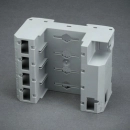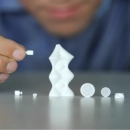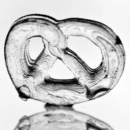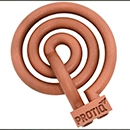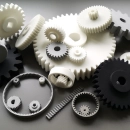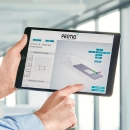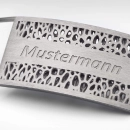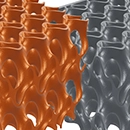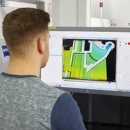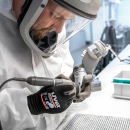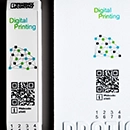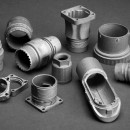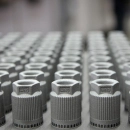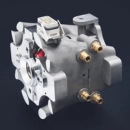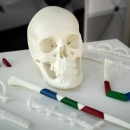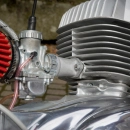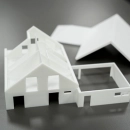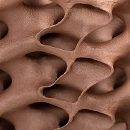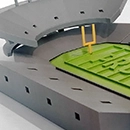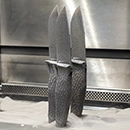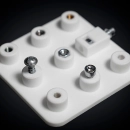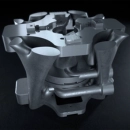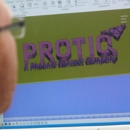Infill pattern
The infill pattern, also known as infill, plays an important role in 3D printing as it determines the internal pattern of an object. This pattern influences the strength, stability and material consumption of the printed object. By cleverly selecting and optimizing the infill pattern, printing time and material costs can be reduced, while certain mechanical properties are specifically improved.
A common infill pattern is the honeycomb pattern, which is inspired by the natural structure of the honeycomb. The honeycomb pattern offers high stability with low material consumption and is particularly efficient for applications that require a robust structure with low weight. Another infill pattern is the grid pattern, which is simple and grid-like and is characterized by fast printing times and sufficient stability. The triangular pattern also significantly strengthens the structure of 3D printing by being suitable for high loads.
The choice of infill pattern depends on the specific requirements of the printed object, such as the desired stability, flexibility and weight, as well as the printing material used. Adjustments to the infill pattern can be made directly in the slicer program, which is responsible for preparing the 3D print.
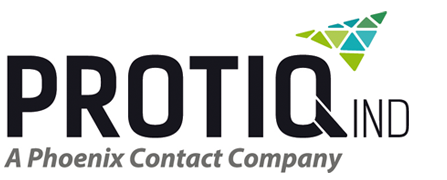


 Deutsch
Deutsch English
English Italiano
Italiano